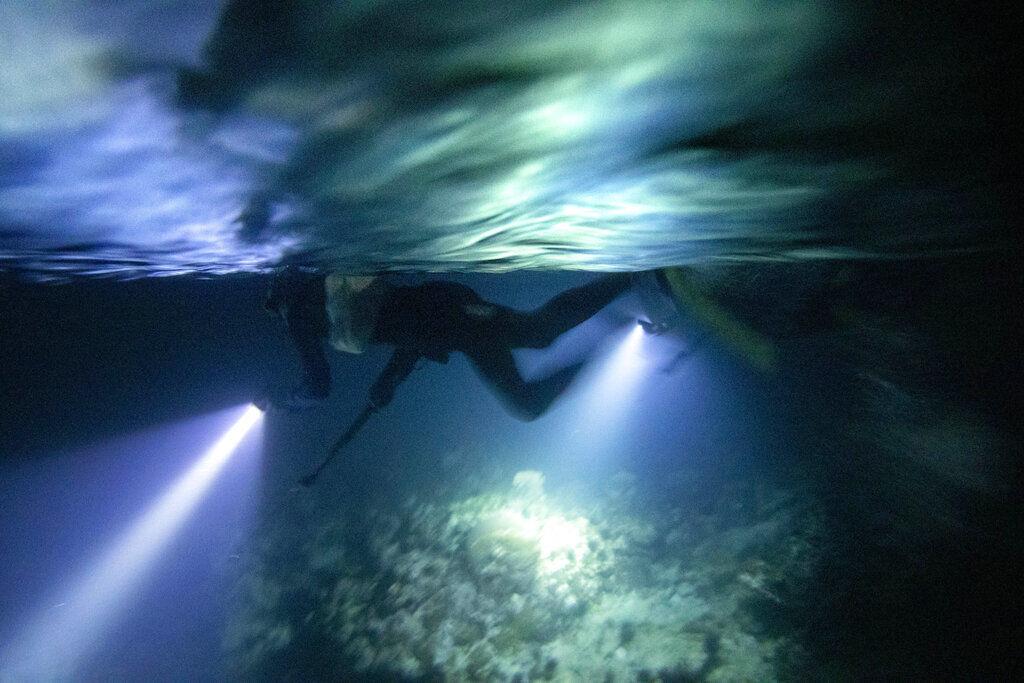
Surprise rescue of Jamaica coral reefs shows nature can heal
p>Photo by David Goldman (AP PHOTO)
Article by CHRISTINA LARSON, via TIME
TEverton Simpson squints at the Caribbean from his motorboat, scanning the dazzling bands of color for hints of what lies beneath. Emerald green indicates sandy bottoms. Sapphire blue lies above seagrass meadows. And deep indigo marks coral reefs. That’s where he’s headed. He steers the boat to an unmarked spot that he knows as the “coral nursery.” ”It’s like a forest under the sea,” he says, strapping on blue flippers and fastening his oxygen tank before tipping backward into the azure waters. He swims down 25 feet (7.6 meters) carrying a pair of metal shears, fishing line and a plastic crate.
On the ocean floor, small coral fragments dangle from suspended ropes, like socks hung on a laundry line. Simpson and other divers tend to this underwater nursery as gardeners mind a flower bed — slowly and painstakingly plucking off snails and fireworms that feast on immature coral.
When each stub grows to about the size of a human hand, Simpson collects them in his crate to individually “transplant” onto a reef, a process akin to planting each blade of grass in a lawn separately.
Even fast-growing coral species add just a few inches a year. And it’s not possible to simply scatter seeds.
A few hours later, at a site called Dickie’s Reef, Simpson dives again and uses bits of fishing line to tie clusters of staghorn coral onto rocky outcroppings — a temporary binding until the coral’s limestone skeleton grows and fixes itself onto the rock. The goal is to jumpstart the natural growth of a coral reef. And so far, it’s working.
Continue reading here.

No Comments